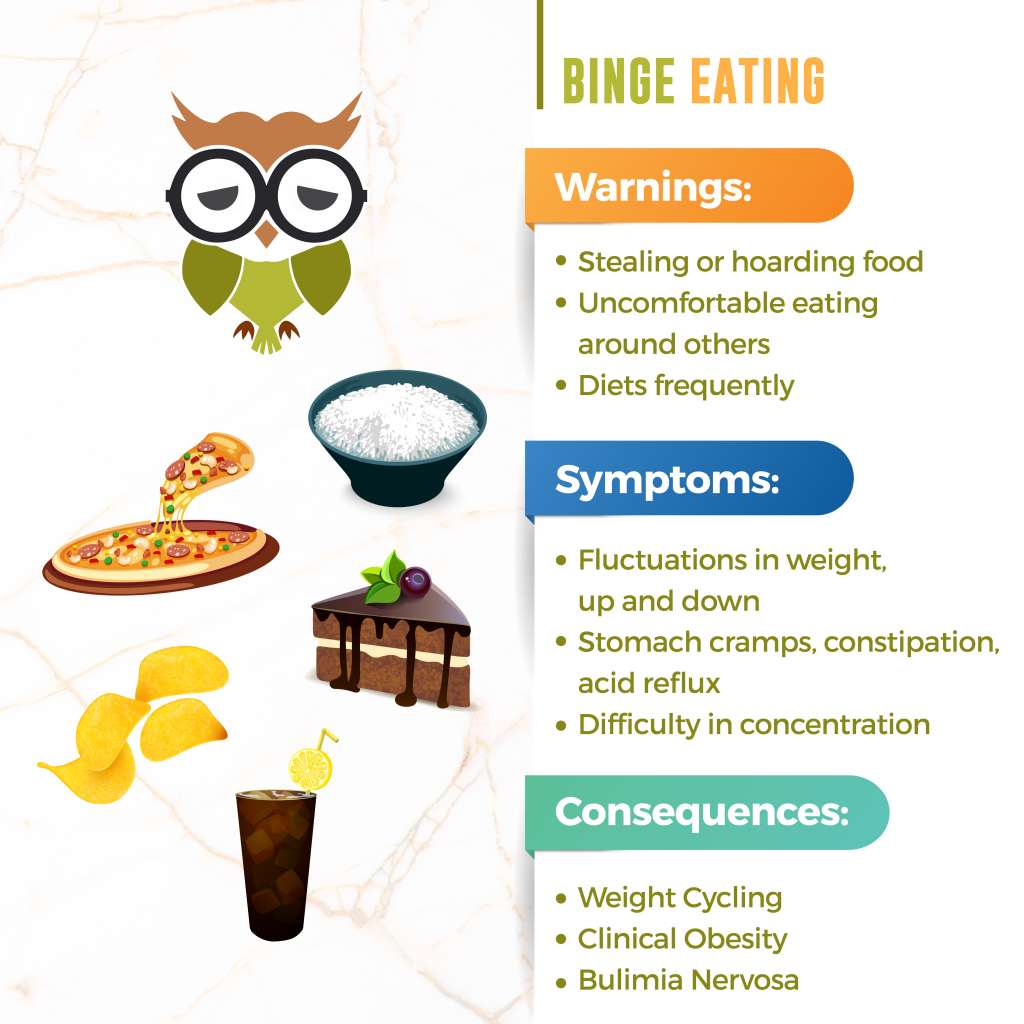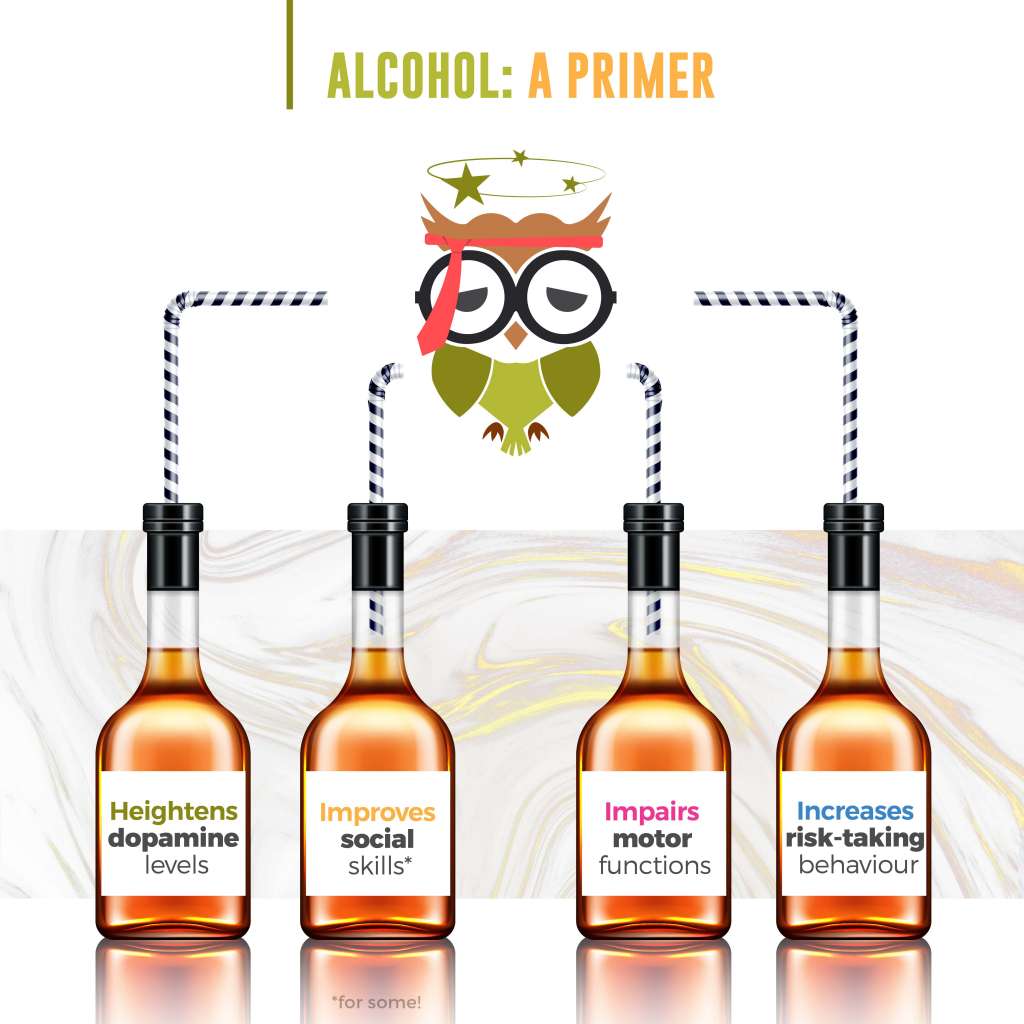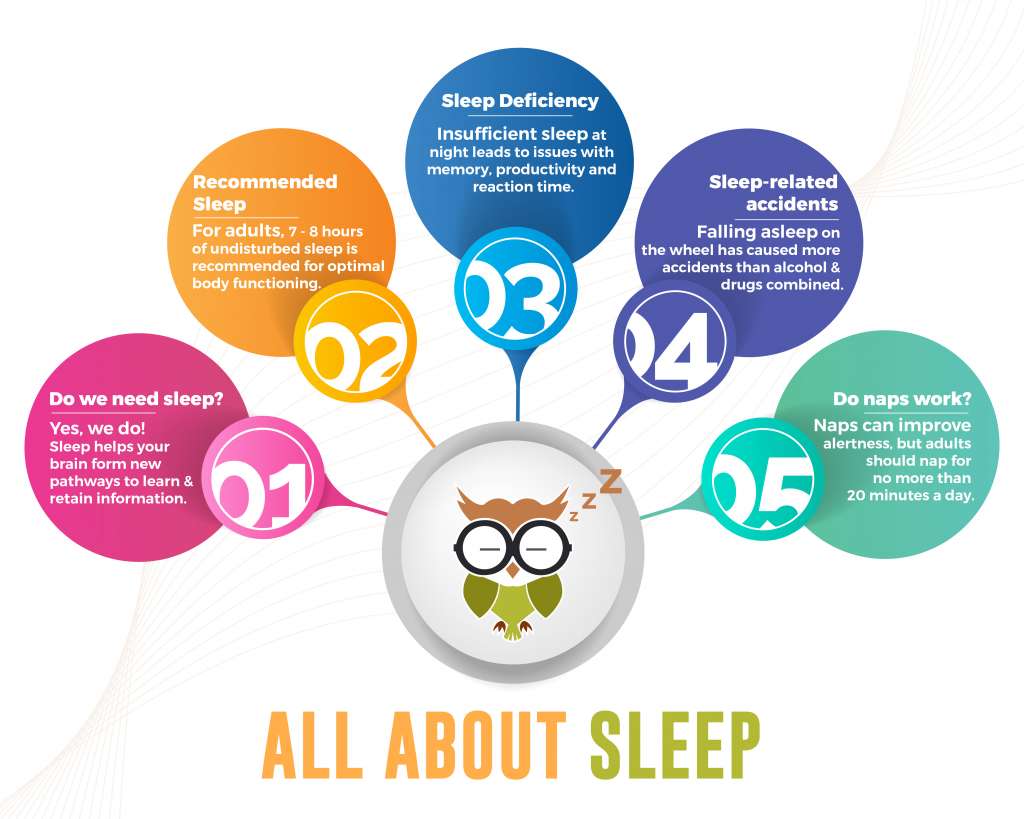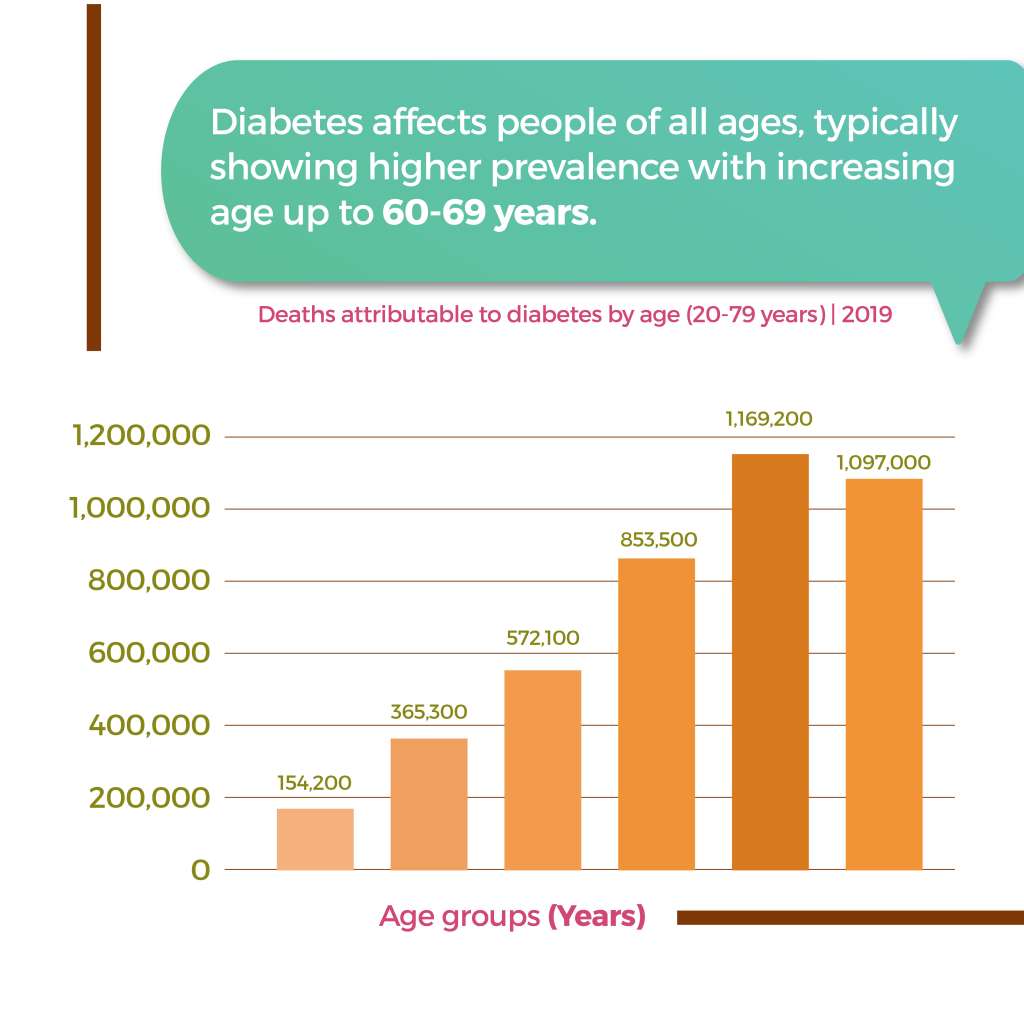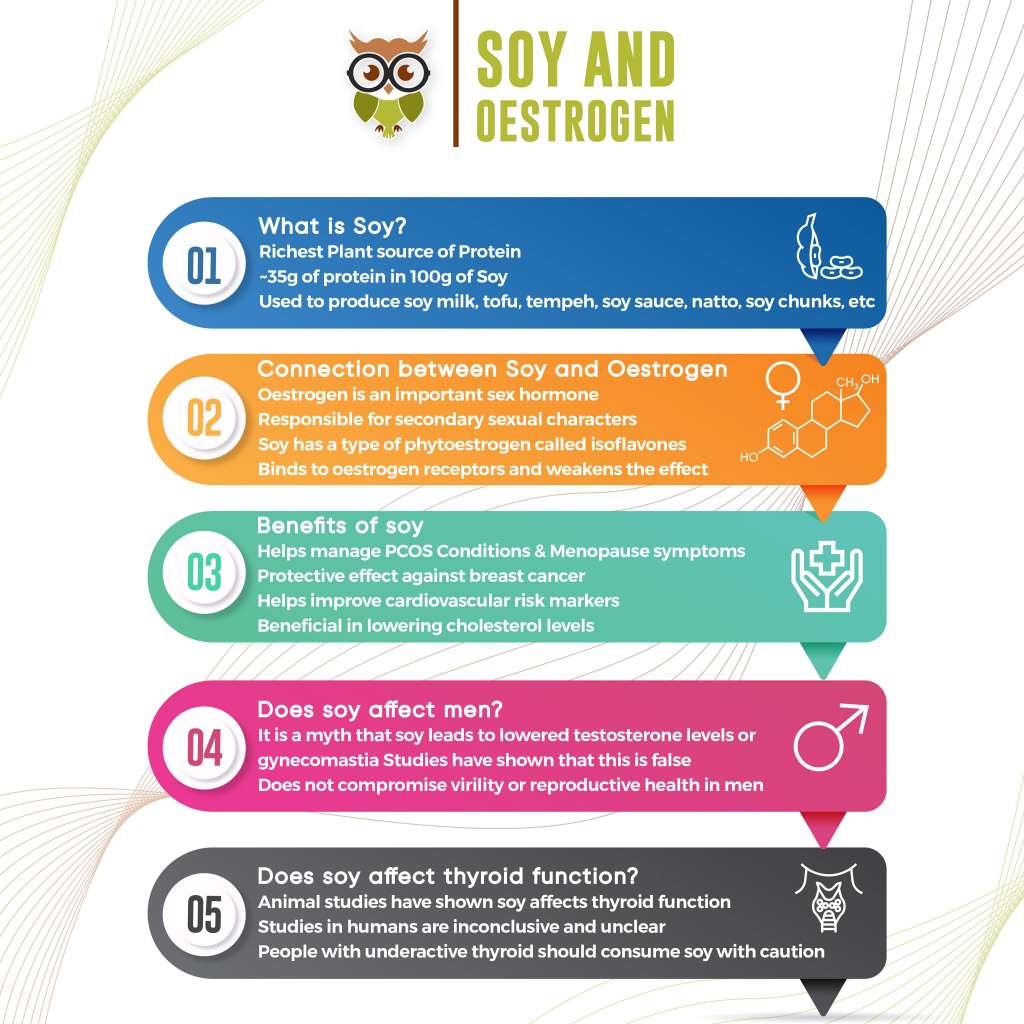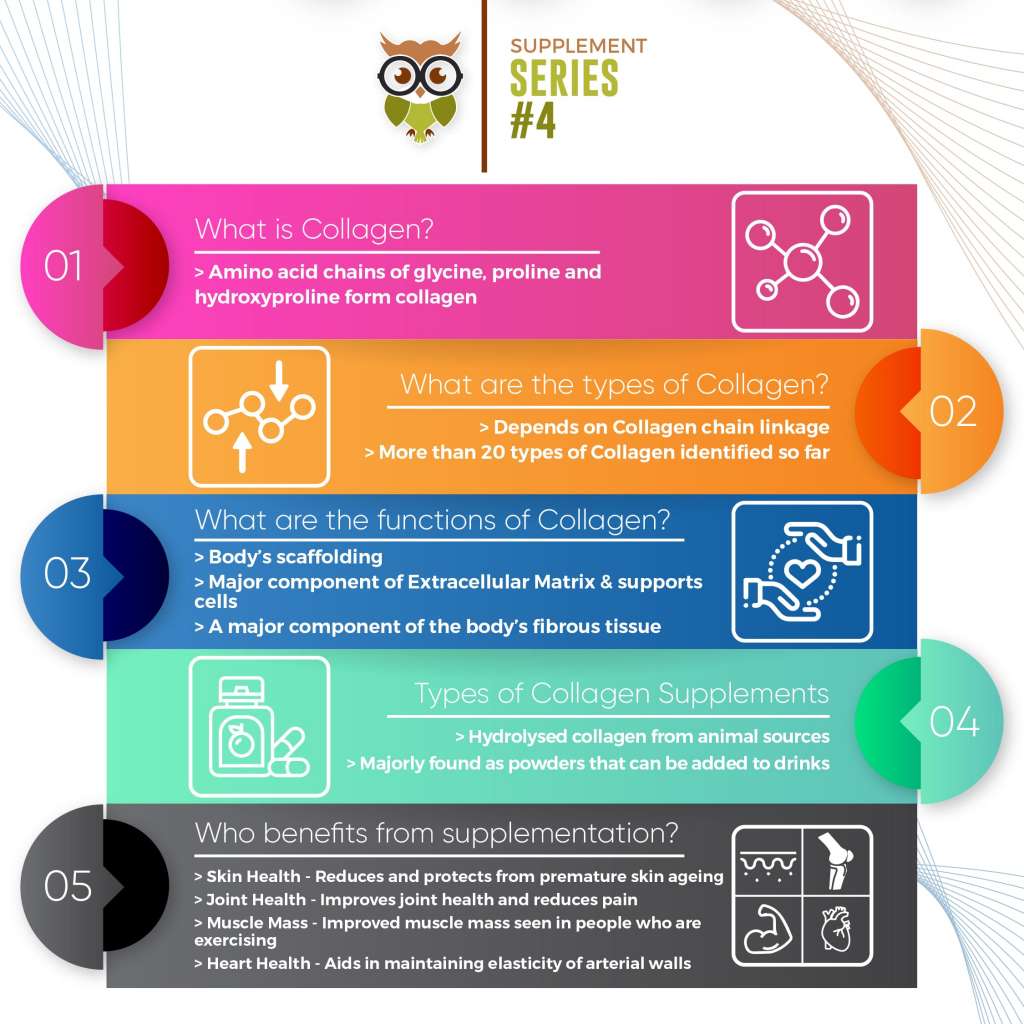The human body is complexly wired. Each nutrition type, each cell organ, and each cell behaves a certain way to keep our physical health in optimal condition. In a few people, these cells behave in ways that aren’t ideal, for reasons yet unknown. One such condition is type 1 diabetes.
What exactly does type 1 diabetes mean?
Type 1 diabetes mellitus (T1DM) is a disorder where the body’s immune system mistakenly destroys cells that are responsible for insulin production. These cells are called the islets of the pancreas, and the insulin they secrete helps the cells absorb glucose from the bloodstream. Without the islets, your body cannot produce enough insulin, thus resulting in high blood sugar levels and less glucose absorption in cells.
What’s the optimal blood sugar level?
To start with, the HbA1c levels should be anywhere between 4 and 5.6 percentage. This indicates the levels of glucose attached to your hemoglobin. As far as the plasma glucose levels go, the criteria to be diagnosed with diabetes are the fasting plasma glucose level being greater than 126 mg/dL and the random plasma glucose levels being greater than 200 mg/dL.
What are the symptoms of type 1 diabetes?
You have to understand that this disorder is more common in children than adults. So it’s really important to understand these, as a parent. Do lookout for these symptoms in your child, and get their blood sugar levels checked.
- Abnormal thirst and dry mouth
- Frequent urination
- Lack of energy, tiredness
- Constant hunger
- Blurred vision
- Bedwetting
- Weight loss—even though you are eating more
- Diabetic Ketoacidosis
Aren’t adults affected by type 1 diabetes at all?
This is a very common myth around this disorder. While children are the ones we risk the most, adults are prone to LADA. The latent autoimmune diabetes in adults sets on late and progresses slowly. The initial stages of LADA often seem so much like type 2 diabetes. People diagnosed with this disorder are usually over 30. Like the autoimmune disease type 1 diabetes, LADA occurs because your pancreas stops producing adequate insulin, most likely from some “insult” that slowly damages the insulin-producing cells in the pancreas.
Risk associated
Though there are no causes for type 1 diabetes, in some cases there’s a correlation between family history, genetics and occurrence. Though people of all ages are at risk, it appears that there are two noticeable peaks. The first peak occurs in children between 4 and 7 years old, and the second is in children between 10 and 14 years old.
The disorder of not coping with responsibility can lead to several problems. Complications associated with type 1 diabetes are
- Retinopathy, where there are risks of the disorder affecting the eye.
- Dyslipidemia, a condition where the cholesterol levels and fat levels are unnaturally high.
- Neuropathy, a complication that causes weakness, numbness and passion in the items and feet due to nerve damage.
- CKD, the risk of renal failure and diseased kidneys.
Treatment, diet and ways to cope
General treatment for type 1 diabetes indispensably includes insulin. According to the physician’s directions, insulin intake becomes mandatory to support your body functions. In adults, Sulphonylurea drugs like Metformin, Thiazolidinediones and Insulin therapy are administered.
It is very important that you maintain a cleaner, healthier diet in general. Proteins, good rest and adequate physical activity helps keep your blood sugar levels in check. Constant monitoring and a regulated lifestyle will get you through a lot of complications. Stay informed about the condition, and stay on top of it.



